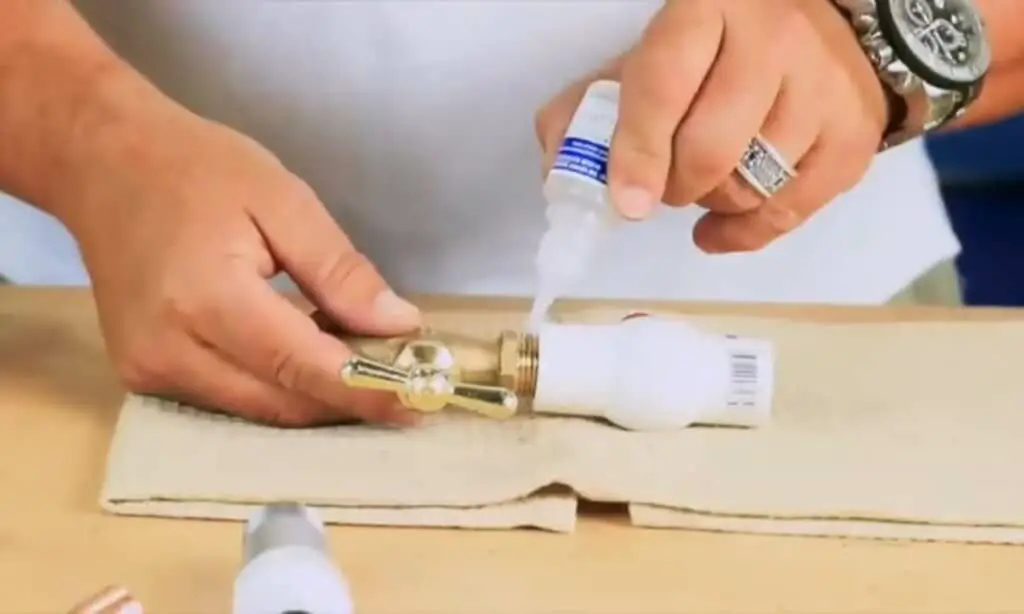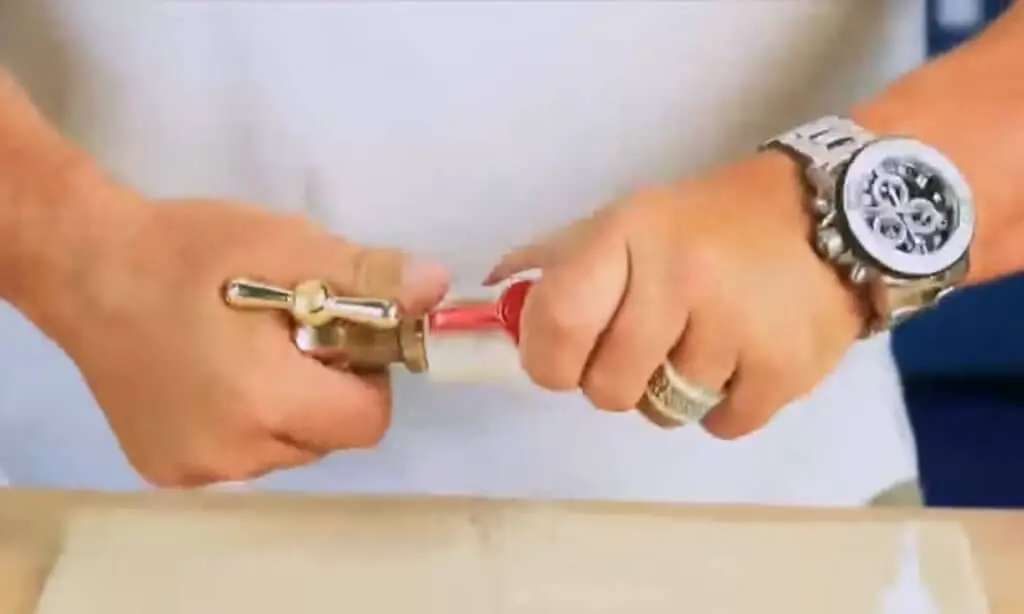It’s no secret how metal and plastic are two of the most commonly used materials in manufacturing. They’re both versatile, durable, and cheap to produce. So what happens when you need to glue metal to plastic? This is a question that many people have asked themselves at some point! In this blog post, we will talk about how to make a strong bond between metal and plastic using these simple tips!
How to glue metal to plastic
1. Determine the type of glue you need
It’s important to know what type of glue can be used to glue metal to plastic because not all glue can achieve the results you’re looking for. There are glue types that can be used, but oftentimes they don’t give you a strong bond and may not stand up to wear and tear over time. There are several types of glue that work especially well for gluing metal to plastic:
- Superglue: This glue will give you an immediate bond, however, it’s important to note that this glue also shrinks as it dries. This means if the glue does not dry evenly between both materials you will end up with a bump in your bond and a visible separation over time.
- Epoxy glue: If you need an extremely strong bond that can withstand high force or extreme temperatures then epoxy glue is your glue of choice. It’s typically made of two components – a resin and a hardener – that you mix together. But it’s important to note that epoxy glue doesn’t dry clear, so the bond won’t be as invisible on plastic as super glue or other strong adhesives can give you.
- Hot glue: If you need a temporary fix then hot glue is perfect for metal and plastic! It will only hold up for a short amount of time, but it’s perfect for gluing metal to plastic when you need something quick and easy to use.
- Silicone glue: This glue is also temporary glue that will create a strong waterproof seal and can also be used on wet surfaces – which makes it perfect for gluing metal to plastic when you need an adhesive that can work in the rain.
2. Clean the surfaces that are going to be glued
It’s important to glue metal and plastic together in a clean environment. This means that the surfaces of both materials should be free from dirt, dust, oil, or any other impurities that could interfere with your bond. To clean the surface you’re working on wipe it down with a rag or paper towel soaked in rubbing alcohol until there is no visible residue left behind. Dry the surface completely before gluing or else the glue won’t stick to it!
Once you have a clean and dry surface, you’re now ready to move onto the next step in your process – gluing metal and plastic together!
3. Apply glue to the metal and to the plastic
Apply glue on the materials according to the manufactory’s instructions. Epoxy needs to apply glue on both surfaces, but other glue-like super glue or hot glue only needs to be applied on one material.
Spread out glue as much as possible to make a wider bond between metal and plastic, so there are no thin, dry spots left behind!
IMPORTANT: Make sure that glue does not get on or near a part where air needs to flow through. If glue gets into vents, fans, heat exchangers, etc., then your device could be permanently damaged and will have decreased efficiency!

4. Align them together with a firm but gentle pressure
Once the glue is applied, align the pieces together with firm but gentle pressure so that they set themselves in place. Try not to over-squeeze when applying pressure as it could cause air bubbles and decrease bonding strength.
Use clamps if necessary to hold the glued joint while it dries or uses weights at each end of the joint to keep pressure on it while it dries.

5. Allow adhesive to dry completely before handling it again
After the glue is dry, a residue from the glue may still be visible on the surface. To remove this you can use acetone-based cleaners or sandpaper to buff out these spots until they are gone.
That’s it! Now you know how easy it is to glue metal and plastic with these simple tips that will give you an incredibly strong bond between your materials in no time at all!
FAQs
Which is stronger epoxy or super glue?
Epoxy is stronger because it offers more chemical binding power.
The epoxy resin consists of organic polymerized molecules that are both insoluble in water but soluble in most organic solvents. The chemical bond formed by combining epoxy resin with hardener produces a far stronger material than the one obtained by forming the same combination with glue. This is true according to scientific tests performed under ideal conditions, and backed up by everyday experience – some structures created with epoxy withstand even more than two decades of exposure to harsh weather elements without suffering any damage during construction or use.
Does Gorilla Glue work on metal to plastic?
The Gorilla Glue Professional Adhesive is mixed with water, so it is possible for the glue to bond metal to plastic. Additionally, Gorilla Glue offers two different types of adhesive.
One type has a higher viscosity than the other so if either one works for your project, that would provide more versatility in your applications. If you’re working on a delicate surface then you’ll want the lower viscosity glue. If you’re looking for better impact strength then try the higher viscosity material since part of its design is to attach multiple stronger materials with less effort when bonding surfaces like wood together providing greater resistance against wear and tear since they are not coming apart.
